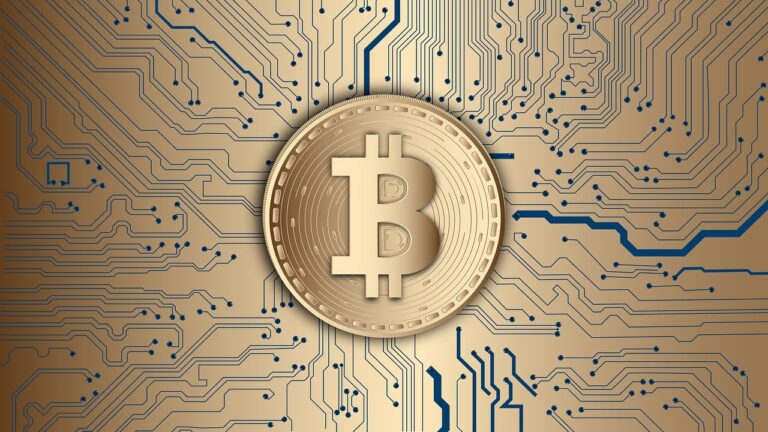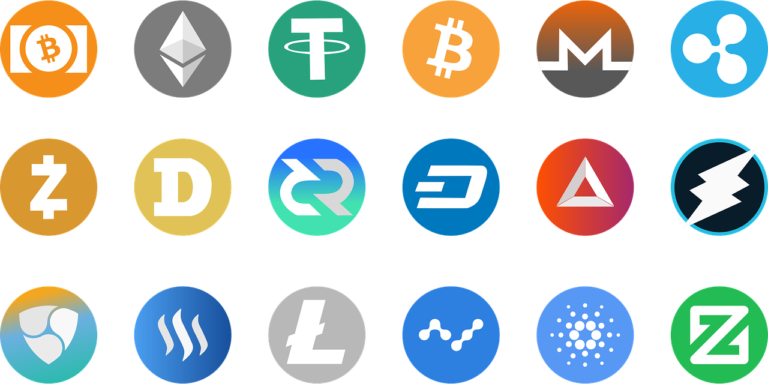Evaluating Technological Scalability of Uniswap
Uniswap, a leading decentralized exchange in the world of decentralized finance (DeFi), has garnered significant attention and user adoption. In this article, we will explore Evaluating Uniswap’s Technological Scalability and proposed solutions to scalability. Visit https://bitalpha-ai.org/ to execute profitable Bitcoin trades, regardless of your experience level. Start trading today and see your investments grow.
Evaluating Uniswap’s Technological Scalability
Uniswap has gained immense popularity as a decentralized exchange in the world of decentralized finance (DeFi). However, as the demand for DeFi services continues to rise, the scalability of Uniswap’s technology becomes a critical factor to consider. Scalability refers to the ability of a system to handle increasing loads of data and transactions without sacrificing performance. In the context of Uniswap, scalability is crucial for providing a smooth and efficient trading experience to its users.
One of the scalability challenges faced by Uniswap is its reliance on the Ethereum network. Ethereum, being the most widely used blockchain for DeFi applications, has its limitations in terms of transaction throughput and network congestion. During periods of high demand, the Ethereum network can become congested, resulting in slower transaction confirmations and higher gas fees.
Analyzing Uniswap’s transaction throughput and confirmation times provides insights into its current scalability. When the Ethereum network experiences high traffic, the transaction throughput of Uniswap can be significantly affected, leading to delays in confirming trades. This can negatively impact the user experience and hinder Uniswap’s ability to handle a growing user base and increasing trading volumes.
Gas fees, which are the transaction fees paid to miners on the Ethereum network, also play a significant role in Uniswap’s scalability. During periods of network congestion, gas fees tend to surge, making transactions more expensive for users. High gas fees can discourage smaller traders from using Uniswap, limiting its accessibility and potentially hindering its growth.
Comparing Uniswap’s scalability with other decentralized exchanges provides further insights into its position in the market. By examining transaction speeds, throughput, and gas fees, we can assess how Uniswap’s scalability measures up against its competitors. This analysis helps identify areas where improvements can be made to enhance Uniswap’s scalability and maintain its competitiveness.
Addressing the scalability challenges faced by Uniswap requires exploring potential solutions. Layer 2 scaling solutions, such as Optimistic Rollups, offer promising avenues for improving scalability. These solutions aim to alleviate the load on the Ethereum network by conducting transactions off-chain and settling them periodically on the mainnet.
Proposed Solutions for Scalability Improvement
To address the scalability challenges faced by Uniswap, various solutions are being explored within the decentralized finance (DeFi) community. One promising approach is the implementation of Layer 2 scaling solutions. Layer 2 solutions aim to alleviate the burden on the Ethereum network by conducting transactions off-chain and settling them on the main Ethereum blockchain periodically.
One notable Layer 2 solution that holds promise for Uniswap is Optimistic Rollups. Optimistic Rollups enable faster and cheaper transactions by leveraging off-chain computation and using the Ethereum mainnet for dispute resolution. By aggregating multiple transactions into a single batch, Optimistic Rollups can achieve a higher throughput while minimizing the gas fees required for each transaction. Implementing Optimistic Rollups for Uniswap could potentially enhance its scalability and improve the overall user experience.
Additionally, other Layer 2 scaling solutions, such as zkRollups and Validium, are being explored as potential alternatives for Uniswap. These solutions utilize zero-knowledge proofs and advanced cryptographic techniques to compress multiple transactions into a single proof, reducing the load on the Ethereum network. By leveraging these Layer 2 solutions, Uniswap can achieve higher scalability, faster transaction confirmations, and lower gas fees.
Another approach to improving Uniswap’s scalability is exploring alternative blockchain networks. Ethereum’s network congestion and high gas fees have prompted users to seek alternative platforms that offer higher scalability. Blockchain networks like Binance Smart Chain and Polygon (formerly Matic Network) have gained popularity due to their lower fees and faster transaction speeds. Integrating Uniswap with these alternative networks can provide users with more options and alleviate the scalability limitations associated with Ethereum.
Furthermore, research and development efforts are ongoing to enhance the underlying infrastructure of Uniswap. Upcoming Ethereum upgrades, such as Ethereum 2.0 and the transition to a proof-of-stake consensus mechanism, hold the potential to significantly improve scalability. By transitioning to Ethereum 2.0, Uniswap can benefit from increased transaction throughput and reduced transaction fees, leading to a more scalable and efficient platform.
Conclusion
By analyzing transaction throughput, confirmation times, and gas fees, we can identify areas for improvement. Embracing Layer 2 scaling solutions and exploring alternative blockchain networks offer potential avenues to enhance Uniswap’s scalability. By addressing these scalability challenges, Uniswap can continue to thrive and contribute to the growth and development of the DeFi ecosystem.





